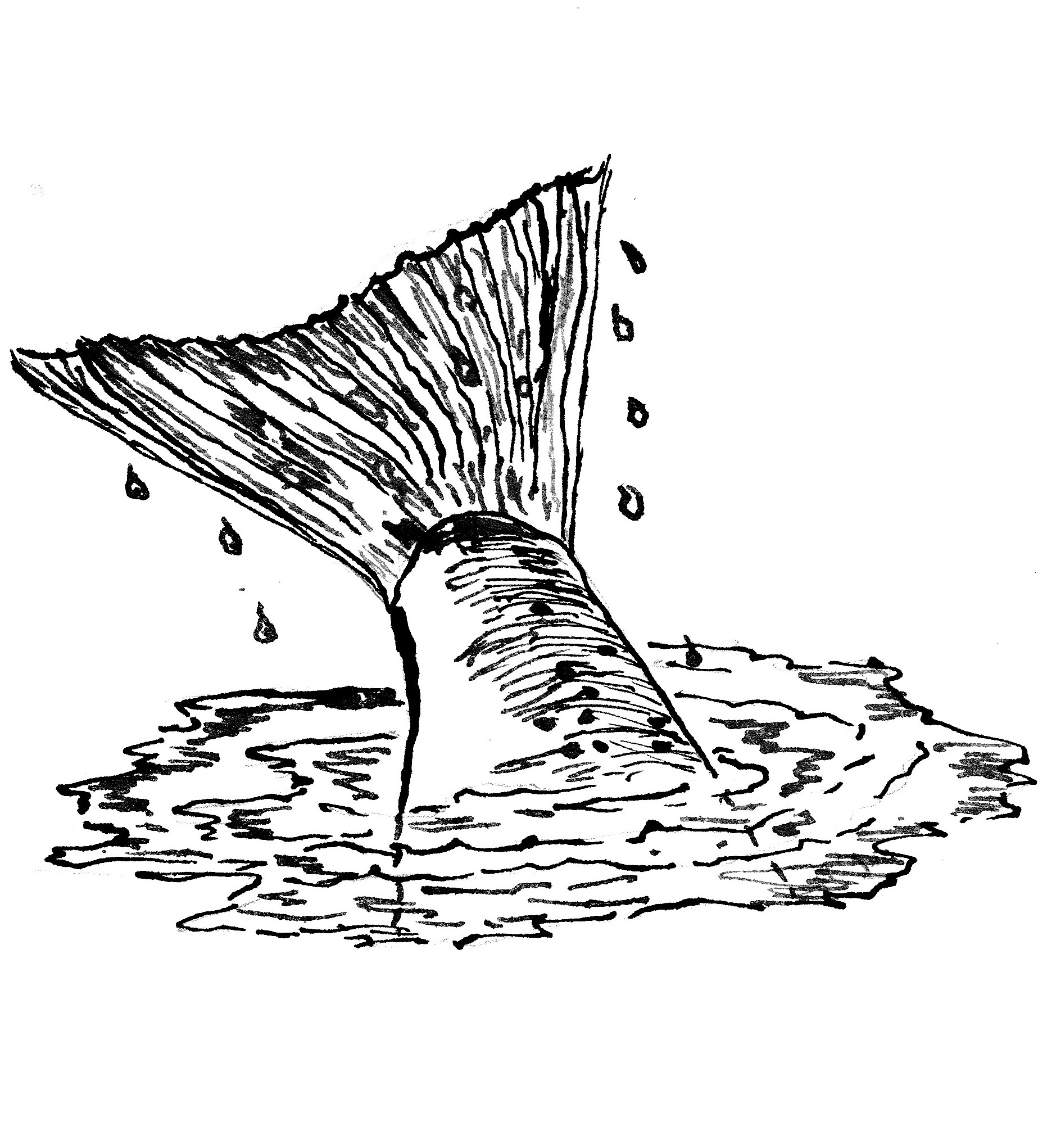Hugh Creasy Column December 2020
- 17/12/2020
- Richie Cosgrove

Forests have a cleansing odour – a smell of decay and renewal, an ancient familiarity in which humanity has taken solace for millions of years.
We feed off their strength and air of mystery and imbue them with a spiritual significance that stirs emotion and renews hope.
Even man-made pine forests can be pleasant and invigorating places.
So it was with an air of pilgrimage that we revisited Lake Waikaremoana, travelling its dusty shore, marvelling at the views and astonished by the majesty of Panekire Bluff.
We arrived in stormy weather, the lake’s surface strewn with whitecaps and the air alive with blown leaves and ochre- coloured dust from lakeside tracks.
Conversation was loud enough to cover the wind’s roar and became even louder when rain rattled the roof of our very comfortable chalet.
An early morning earthquake was the accompanying stanza to the first movement of nature’s symphony, a sort of warning to respect and appreciate what we were about to experience.
The storm did not abate for days. We came for the fishing but we took refuge in the forest.
Heavy rain invigorated the waterfalls at Aniwaniwa and what is usually a sight pretty enough to take your breath away became majestic and glorious.
The well-signposted tracks to the falls offer amazing views and easy walking.
All the walks around the visitor centre are worth doing, and cater to varying degrees of fitness.
But true astonishment must be reserved for the massive trees of the forest, huge rimu and tawa, hundreds of years old and the ancient rata on the Ngamoko Track, over a thousand years old surrounding a long-dead tree that was the original host.
We came upon it and spoke of it in hushed tones, and stared wide-eyed upwards where it was lost in the mist.
To see such a thing alive and thriving imbued us with regret that so many of its brethren had been destroyed in the name of progress and growth.
The forest surrounding the lake is a living thing and gives solace and nourishment to all creatures who come to it.
It is easy to understand why Tuhoe, Ngati Ruapani and Ngati Kahungunu yearn for the spiritual sustenance it provides.
Eventually the wind died and the clouds lifted, the sun shone, the storm-drenched scenery became more benign and we had a few hours to cast a fly.
The Mokau Inlet is a place of dramatic history and great beauty.
In early winter trout gather at the stream mouth to spawn.
Like all the rivers that run into the lake, spawning water is limited by waterfalls and trout numbers have to be supplemented by releases of young fish.
Larger fish feed on freshwater crayfish and bullies with a side diet of dragonfly and damsel nymphs, with chironomids for pudding.
Caddis, both cased and free swimming are common, so a choice of fly is not difficult.
Just off the water’s edge there was a weed bed dotted with stumps and branches, so a floating line and an unweighted nymph should do the trick. I chose a march brown nymph, #14.
A cross-wind meant casting with any accuracy was near impossible so I let the fly sink a metre or so before beginning a hand twist retrieve to keep the nymph above the stumps and branches on the bottom.
Only a few casts later the nymph was taken in a powerful surge and quickly dropped.
Hope springs at such events and I kept casting.
The next take was even more powerful and stripped off line before I put on pressure which promptly broke the line.
I should have changed the tippet.
Sometimes you get a spool of tippet material which is faulty.
It can be too brittle to take a knot or has a weak point every few metres.
Patience called for a change. But patience was absent.
I tied on another march brown and cast again.
Twenty minutes or so later, I was into another fish with the same result.
My fresh tippet material was back at the car parked only a few metres away.
Too far. I cut the tippet off and tied a damsel nymph to the end of the leader. A fish rose a few metres away, giving a contemptuous flick of its tail as it descended.
The nymph sank and caught on a log. I pulled at it until the line broke once more.
It was time to leave Mokau and tomorrow, the lake.
 I was not downhearted at my own foolishness or that the weather had limited fishing opportunity.
I was not downhearted at my own foolishness or that the weather had limited fishing opportunity.
Lake Waikaremoana is such a beautiful place to be.
The lift in spirits was a tonic and dispelled all misery.
I first fished the Lake in 1978, when Lake House was being demolished and a working bee was retrieving pit-sawn planks from the demolition to repair buildings at the local marae.
I loved the lake then and I love it still. I will return.